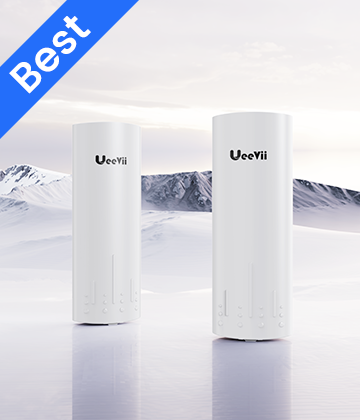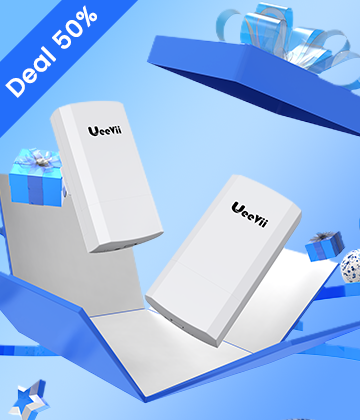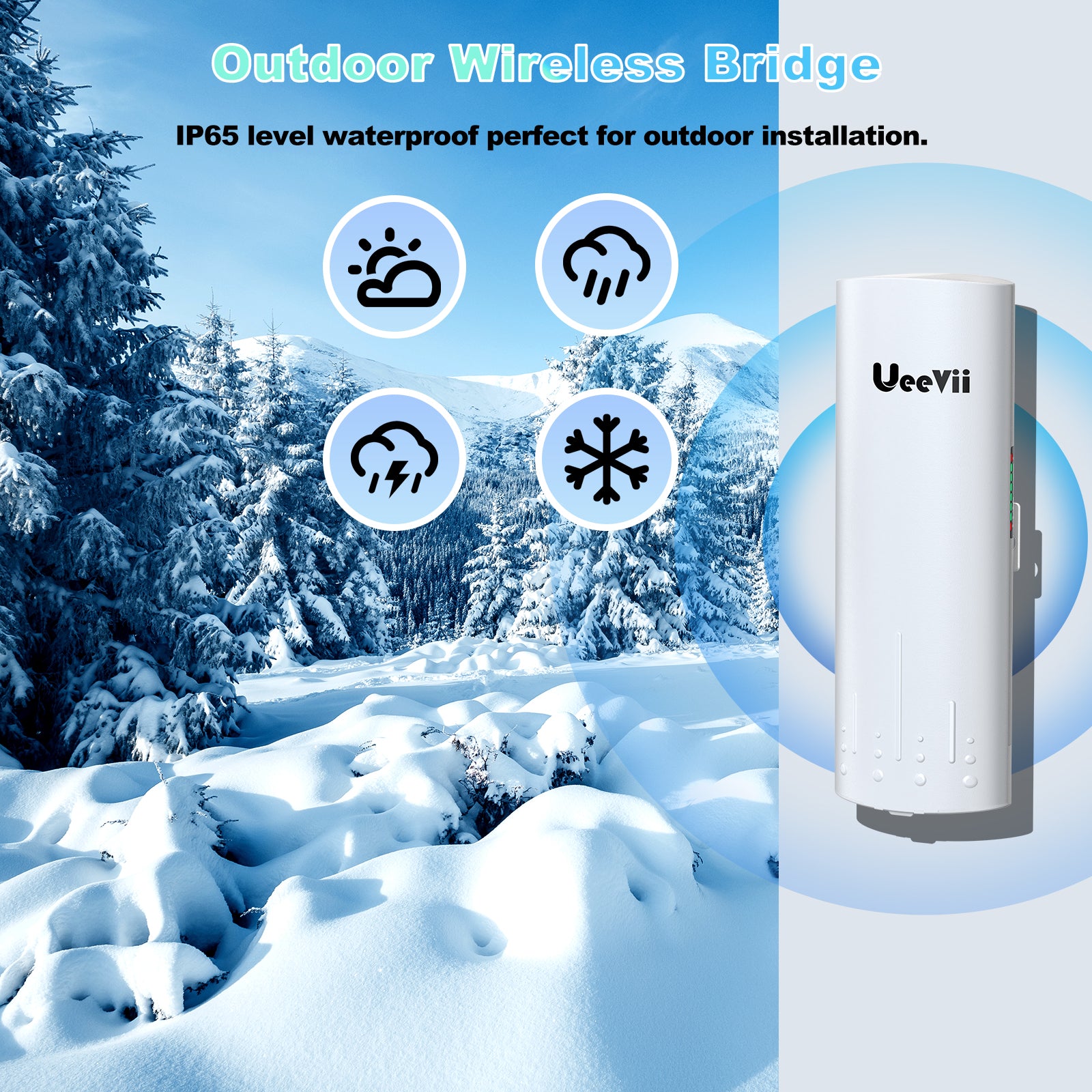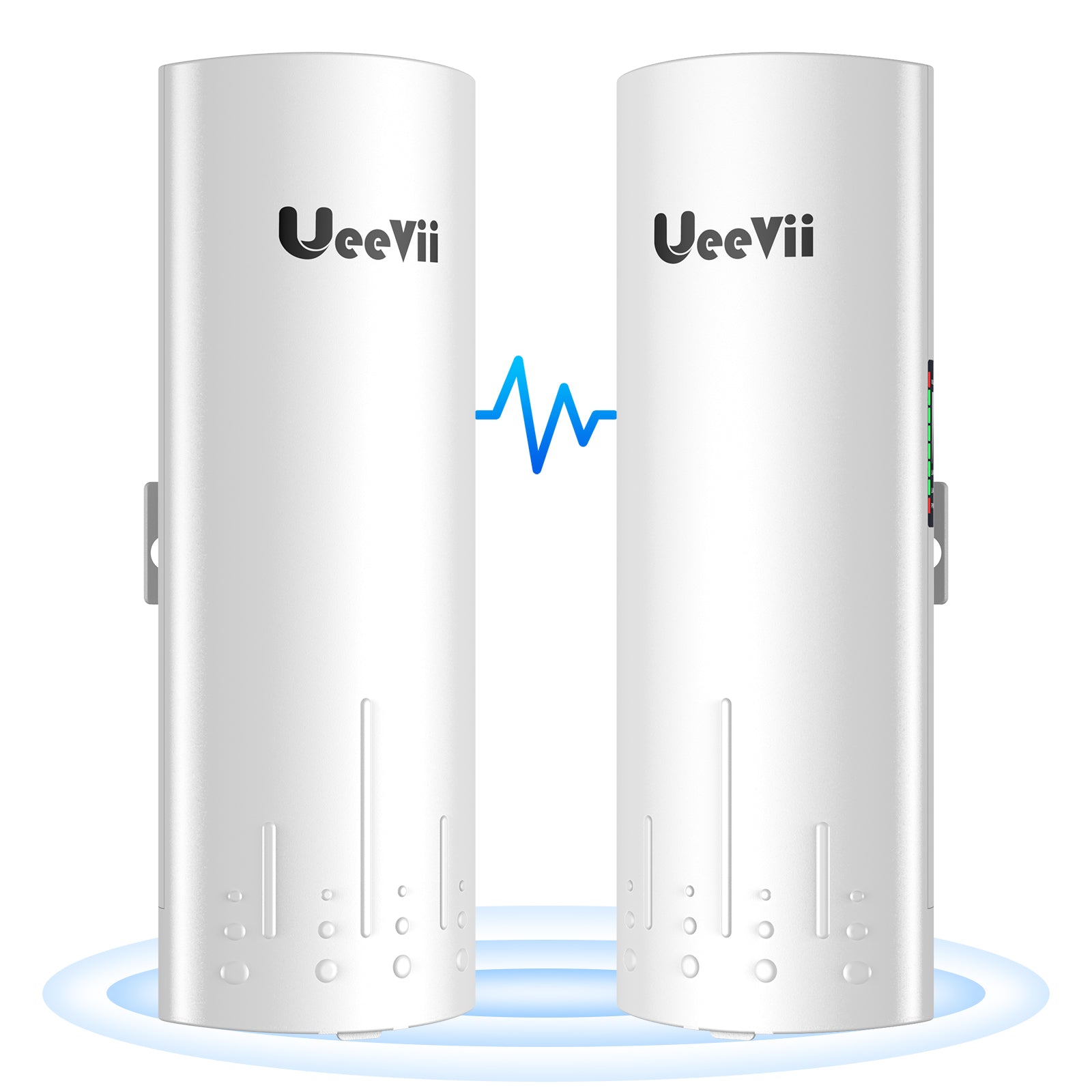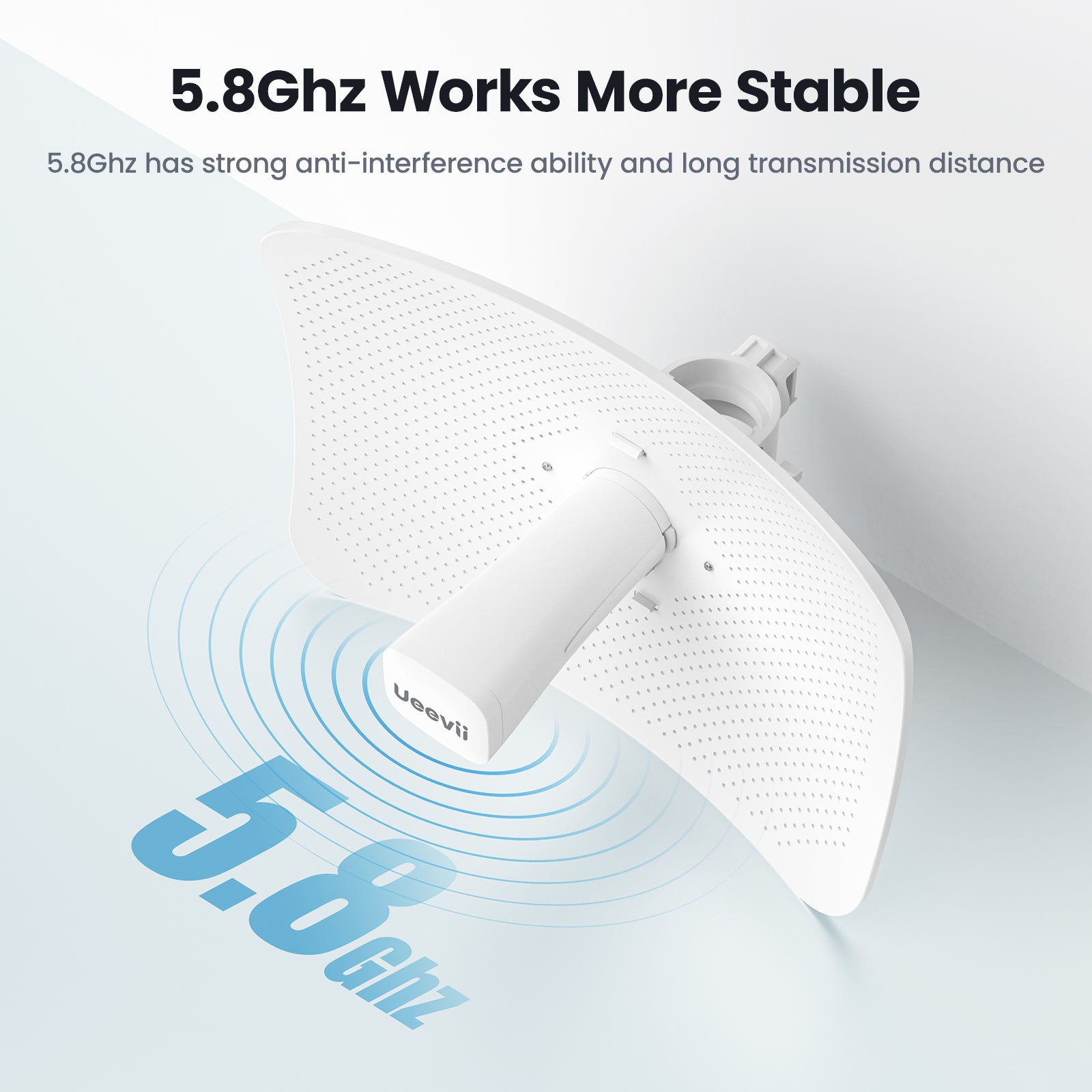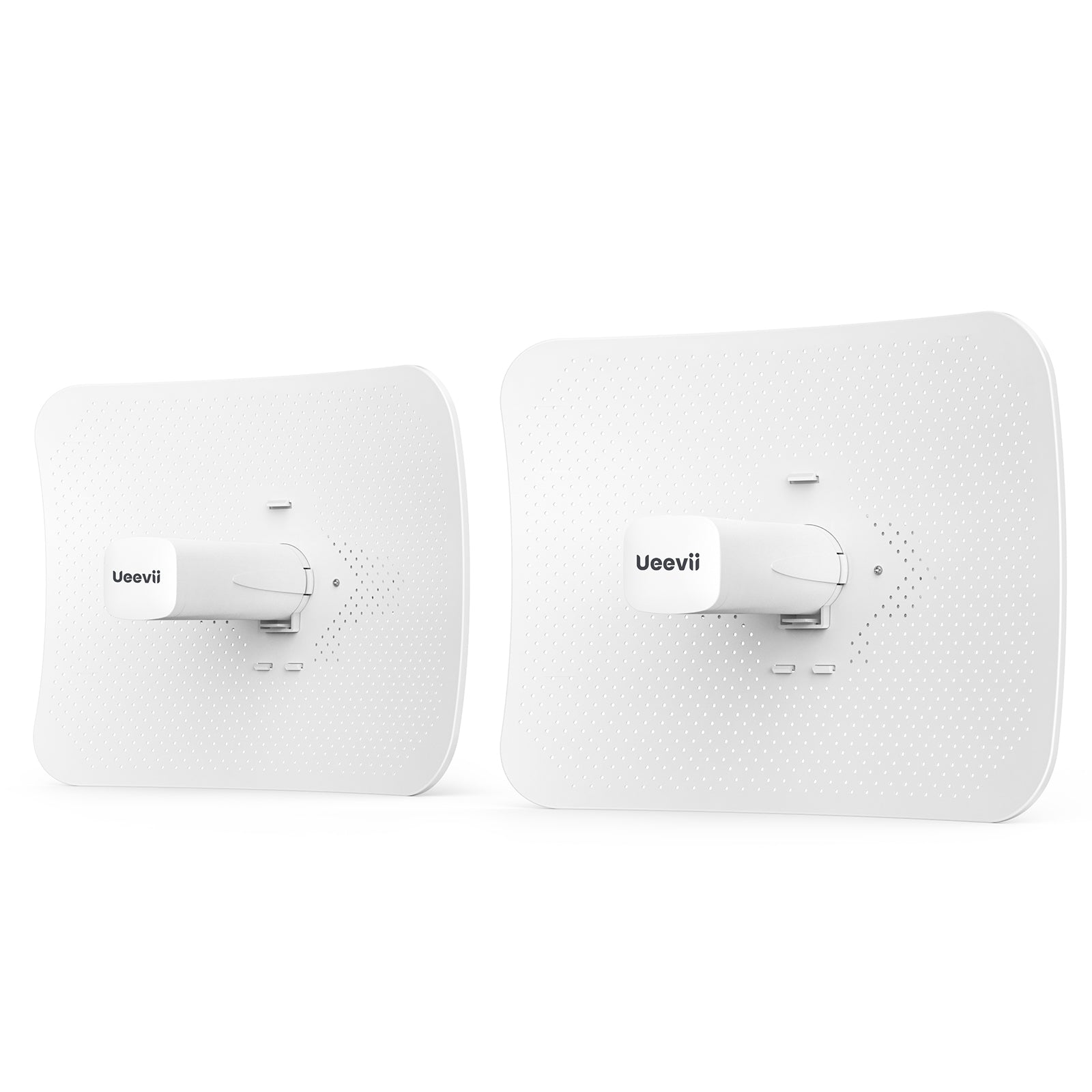The Evolution of Wireless Ethernet Technology in the United States
A Brief History of Wi-Fi Advancements
The journey of wireless technology in the U.S. is intriguing. It began with 802.11 standards in the 1990s. Since then, Wi-Fi speeds have soared from 2 Mbps to a swift 9.6 Gbps. The intro of Wi-Fi 6 in 2019 marked a big leap. It brought better speeds and device handling. This progress made plug and play devices more common. With easy setup, they became popular fast.

How Plug and Play Features Are Shaping Modern Wi-Fi Devices
The simplicity of Plug and Play (PnP) in Wi-Fi devices is a game changer. It allows users to connect devices with ease, without technical setup. PnP technology detects and configures new devices automatically. This means fast, hassle-free connections for users. As a result, PnP is now a key feature in modern Wi-Fi devices. It appeals to those who want quick and easy internet access. This trend is changing how we think about and use Wi-Fi technology in our daily lives.
The Role of Regulation in Wi-Fi Technology Development
Regulation plays a pivotal role in shaping Wi-Fi technology. In the U.S., agencies like the FCC set rules for wireless communication. These rules ensure safe and fair use of radio frequencies. They impact device design and network standards. Compliance is key for market entry of wireless ethernet bridges. Regulations also drive innovation, as manufacturers strive to meet new standards. As a result, plug and play devices must adhere to strict guidelines. This ensures they're both user-friendly and regulatory compliant.
Analyzing the Plug and Play Market in the U.S.
The Demand for Effortless Connectivity Solutions
The U.S. market is witnessing a growing demand for plug and play wireless Ethernet bridges. These devices offer simple setup procedures, minimizing technical challenges for users. Consumers prefer the convenience of plug and play solutions. They avoid time-consuming installation processes. This trend is driven by an increasing desire for quick and reliable Internet connections. The demand also reflects the fast-paced lifestyle of American consumers. They want technology that works right out of the box. Such devices are thus becoming vital in both homes and businesses across the country.
Market Trends and Consumer Preferences
In the U.S., consumers prioritize ease of use in tech. They go for wireless solutions that need no setup. The market shows a boom in plug and play devices. Thus, easy use is winning over complex features. Big brands are seeing more returns on simple tech. Most buyers prefer quick, fail-safe connections. They want devices that work right out the box. The trend is towards minimal setup, more convenience.
Future Outlook for Wireless Ethernet Bridges
Emerging Technologies and Their Impact on Wi-Fi Devices
Emerging technologies are key to the evolution of Wi-Fi. They affect performance, reach, and security. 5G networks, for instance, could boost wireless bridge speeds. AI could improve network management. Also, quantum computing may make data more secure. All these advances will shape future Wi-Fi devices. They will lead to faster, smarter, and more reliable connections. Users will expect these high-tech features as standard.
The Expansion of Smart Homes and IoT Influence on Wi-Fi Standards
Smart homes are changing how we use Wi-Fi. They need a steady, strong internet link. So, wireless bridges must meet this need. These bridges now follow new standards. These are set by smart home tech and the Internet of Things (IoT). They have to support more devices and handle more data. As IoT grows, Wi-Fi tech will grow too. It will be faster and safer, to manage smart devices at home. This change will shape wireless bridges in the future.
Predicting the Next Wave of Plug and Play Innovations
As wireless tech moves forward, a new wave of plug and play solutions is coming. These are set to change how we connect to the internet.
- Smart Setup Processes - Future devices may skip complex setup. Just unbox, plug in, and connect.
- AI-Enhanced Networking - Bridges may soon self-adjust for the best performance, based on how we use them.
- Integration with Other Tech - They could link with smart home devices, making our homes more connected.
- Better Security Features - As threats evolve, so will built-in safety measures in these devices.
Experts are watching these trends. They predict easier and more secure online experiences ahead.

